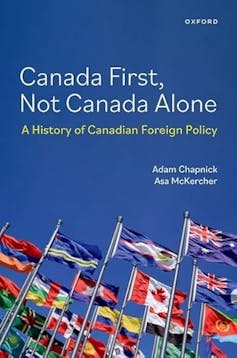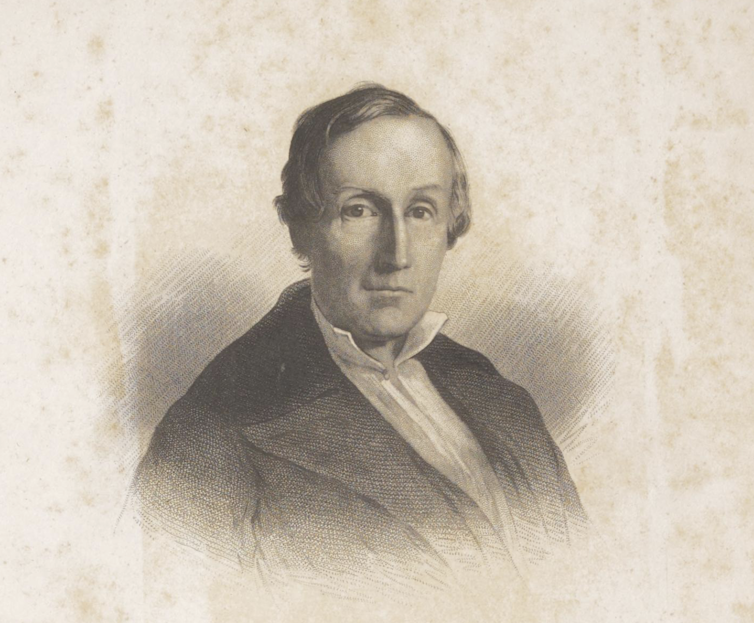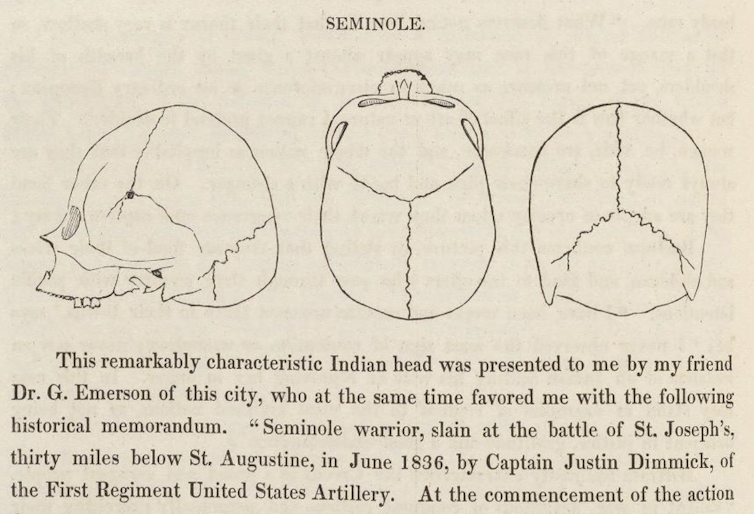As Biden Leaves Office, the US Empire is Desperate to Maintain Its Hegemony
This November, US president Joe Biden will leave office with the world in turmoil and US fingerprints on the bodies of untold thousands across the globe: in Gaza and Lebanon, Yemen and Syria, Cuba and Venezuela, Pakistan and Haiti, and elsewhere.
While Biden attempted to cast his foreign policy actions as defending “democracy” against “authoritarianism,” this framing is a lie. The real motive force behind the Biden administration’s bloody foreign policy is a fear of waning hegemony – of losing the benefits the US economy derives from political and economic domination of the global majority.
In that vein, the US is still trying to suffocate the model of socialist Latin American integration forwarded by Cuba and Venezuela. Washington is still arming the Israeli genocide in Palestine, the invasion of Lebanon, and other Israeli aggressions against “Axis of Resistance” forces in the region, namely Iran. On top of this, the US is still supporting or carrying out airstrikes against Yemen and Syria, still hoping to bleed Russia dry in Ukraine, still backing a Pakistani military dictatorship imposed with US backing, still engineering the re-invasion of Haiti, and still plotting an economic war (and perhaps a hot one) against China.
The Biden administration genuinely believed it could remake the world in its vision, and particularly the Middle East à la the neoconservatives of the George W. Bush administration. A Nation article by Aída Chávez laid out Biden’s disturbing plan for the Middle East and wider world, a plan that relies on Israel successfully carrying out the ethnic cleansing of Palestine:
One goal of the “Biden doctrine,” as New York Times columnist Thomas Friedman called it, is to achieve the “global legitimacy” necessary to “take on Iran in a more aggressive manner.” With Hamas out of the picture and a demilitarized Palestinian state under the influence of the Gulf regimes, the thinking goes, the US will have Arab cover in the region to be able to counter Iran – and the cheap drones they’re worried about – and then put all of its energy toward a confrontation with China.
Following Israel’s killing of Hamas leader Yahya Sinwar, US officials jumped at the chance to push “a much wider agenda – including an opening for the next stage of America’s geopolitical ambitions.” This “next stage” includes the ethnic cleansing of Palestine, the signing of a US-Saudi defence treaty, and the Gulf monarchies leading Gaza’s so-called “reconstruction” as a pro-US “emirate,” in the words of Republican Senator Lindsey Graham.
Following the killing of Sinwar, Democratic Senator Richard Blumenthal stated, “After recent conversations w/leaders of Israel, Saudi Arabia & UAE, I have real hope that Sinwar’s death creates truly historic opportunities for Israel’s security, cessation of fighting & regional peace & stability through normalization of relations. The moment must be seized.” Lindsey Graham elaborated on the “historic opportunities” of which Washington hopes to take advantage. “MBS and MBZ at the UAE will come in and rebuild Gaza,” he said in a recent interview. “[They will] create an enclave in the Palestine.”
According to Bob Woodward’s new book War, Graham reportedly told Biden, “It’s going to take a Democratic president to convince Democrats to vote to go to war for Saudi Arabia.” To which Biden responded, “Let’s do it.”
While Washington aims to violently remake the Middle East to serve its geopolitical aims – a stark contrast to China’s recent peacemaking between Saudi Arabia and Iran – other targets of imperialism continue to suffer as well.
In April 2022, the Biden administration helped engineer the removal of popular Pakistani president Imran Khan from office. The US wanted Khan ousted because he entertained positive relations with China and Russia, two powers that Washington views as a threat to its hegemony. As Assistant Secretary of State for the Bureau of South and Central Asian Affairs Donald Lu stated in a now infamous cypher to the Pakistani military, “if the no-confidence vote against the Prime Minister succeeds, all will be forgiven in Washington.”
Since the US-backed coup against Khan, the Pakistani military has taken extreme measures to prevent the ousted president’s return to power, including legal onslaughts, the arrest of thousands of supporters, crackdowns on social media activists, the imprisonment and torture of independent journalists such as Imran Riaz Khan, the decimation of Khan’s party Pakistan Tehreek-e-Insaf (PTI), and the rigging of an election earlier this year.
In other words, a de facto military junta has seized total power in Pakistan, and Washington backs them because they have reversed Khan’s non-aligned position and returned the country to the US orbit.
Meanwhile, Haiti has become a target of Washington once more. Earlier this year, the Biden administration courted Kenya’s President William Ruto to lead a US-funded invasion force into Haiti, which is wracked by violence after over a century of exploitation and underdevelopment by the US and allies, including Canada. The mission’s ostensible goal is to free Haiti from warring paramilitary gangs – however, the invasion force and its backers ignore the reality that the paramilitaries are a consequence of the brutally unequal political, economic, and social hierarchies imposed on Haiti by Global North powers. In reality, Haiti requires sovereignty and respect, not a new spiral of bloodshed and misery.
Haiti’s Caribbean neighbours, Cuba and Venezuela, have also endured immense suffering due to Biden’s imperialist policies. Cuba and Venezuela have long been targets of US imperialism – Cuba for over sixty years, Venezuela for twenty-five – and the Biden era continued this brutal interventionism. In the case of Cuba, Biden kept in place the hundreds of additional sanctions and the egregious “state sponsor of terrorism” designation imposed by Donald Trump. The Trump-Biden sanctions are harsher than any previous president’s, depriving the small Caribbean nation of billions of dollars per year. “The sanctions today,” says political scientist William LeoGrande, “have a greater impact on the Cuban people than ever before.” People are going hungry, hundreds of thousands hope to migrate, and most recently, the country’s power grid collapsed under the weight of Biden’s coercive measures.
As Drop Site news contributor Ed Augustin wrote in early October:
Government food rations [in Cuba] – a lifeline for the country’s poor – are fraying. Domestic agriculture, which has always been weak, has cratered in recent years for lack of seeds, fertilizer, and petrol, forcing the state to import 100 percent of the basic subsidized goods. But there’s not enough money to do that. Last year the government eliminated chicken from the basic food basket most adults receive. Last month, the daily ration of bread available to all Cubans was cut by a quarter. Even vital staples like rice and beans now arrive late. Food insecurity on the island is rising, according to a recent report by the Inter-American Commission on Human Rights. Vulnerable groups – older people, pregnant women, children and people with chronic illnesses – are most affected by the knock-on effects of US policy.
In all the cases described above, the Biden administration has taken extreme measures to snuff out challenges to its imperialist hegemony – measures that manifest first and foremost in the physical destruction of Palestinians and Lebanese by US-made weapons, the imposition of hunger, desperation, and migration crises on Cuba and Venezuela, the US-backed occupation of Haiti, the violent repression of Pakistanis’ desire for sovereignty and non-alignment, and more. Meanwhile, one-third of the world’s nations – and 60 percent of poor countries – face some type of US sanctions for having displeased the imperial hegemon.
The prevailing world system, a system defined by US imperialism and the imposition of the neoliberal Washington Consensus around the globe, is facing an array of challenges, from Latin America and the Caribbean to Palestine to East Asia.
How is Washington responding? Through the economic strangulation of countries like Cuba and Venezuela that present an alternative model; through a “day after” plan in the Middle East that would reduce Gaza to a neocolony of Washington and the Gulf monarchies; through coups against popular non-aligned leaders like Imran Khan; through the re-invasion of Haiti, a nation whose sovereignty has long been subverted by imperialism; through pressuring the Ukrainian government to lower the draft age so Kyiv can continue sending its young people into the meat grinder on behalf of Washington’s geopolitical aims; and through continuing to trudge the path toward war with China.
Ironically, the US empire’s violent response to its waning hegemony is expediting the emergence of an alternative world order, one marked by the de-dollarization and South-South cooperation of the BRICS group. As Biden leaves office and Trump returns to the White House, we can safely assume that the violence of imperialism will continue, perhaps intensify, and at the same time, the global majority will continue its efforts to forge new relationships outside the umbrella of US unilateralism.









